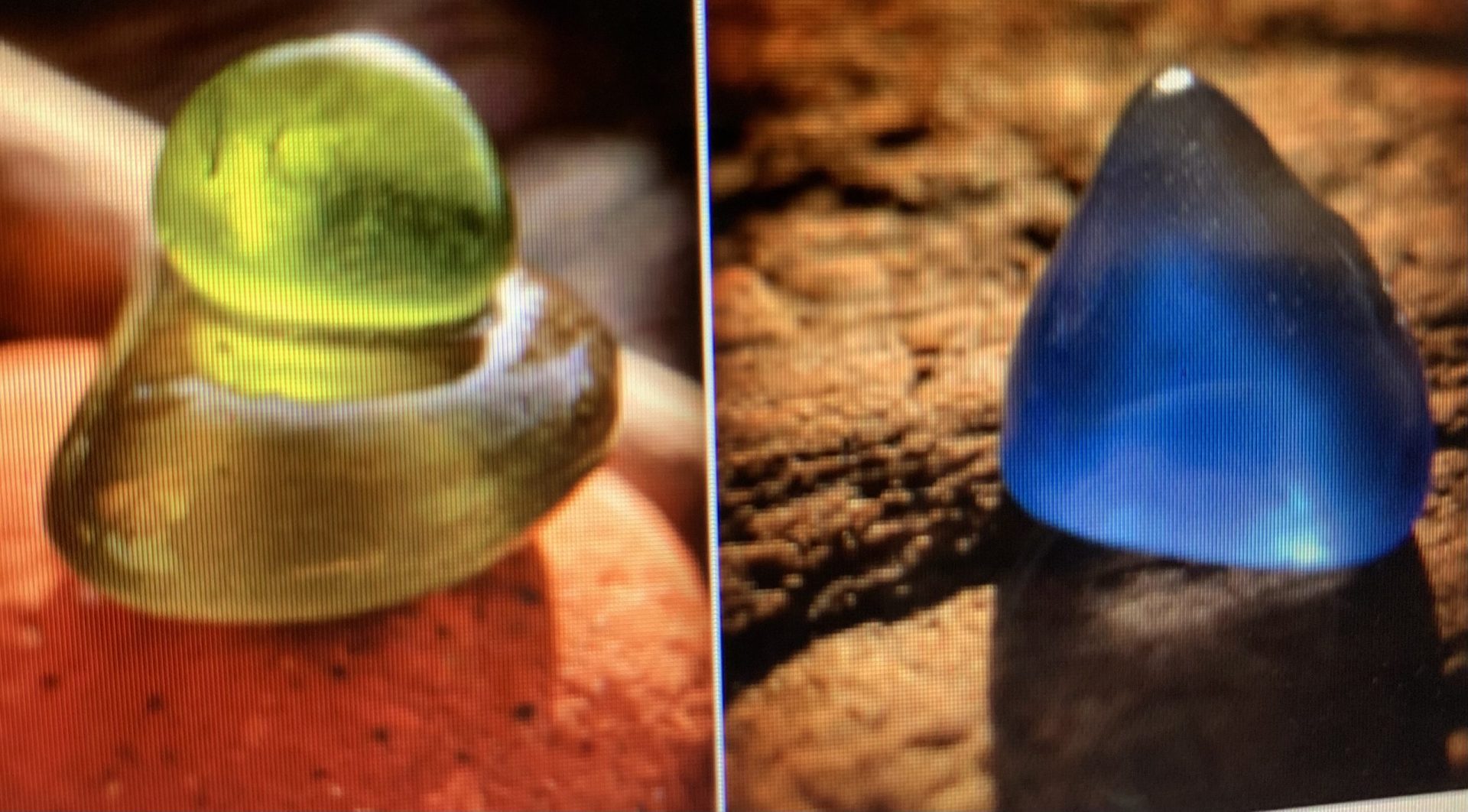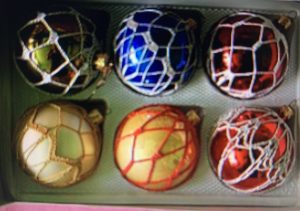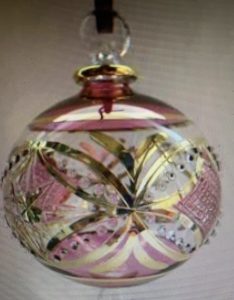
History of Glassmaking
- Uncategorized
- June 4, 2024
Glassmaking was discovered 4,000 years ago, or more, in Mesopotamia. Archaeological evidence suggests that the first found glass originates from coastal north Syria, Mesopotamia, or Ancient Egypt.
Glass is a very pure form of sand.
Attractive- The crushed glass is used as an alternative to sand for pool filters – and partial replacement for the sand on some of Florida’s eroding beaches.
It takes about 30 years of constant rolling and softening by waves, rocks, and sand for broken glass to become something extraordinary: frosted jewel-colored sea glass.
SEE GLASS wall 2022 calendar features macro photography of tiny temporary sculptures made from California coastal sea glass.
Use The Calendar As Art – this unique calendar will add style to any room.
More about unique GLASS:
Polish hand-made Christmas ornaments

The most delicate and beautifully made Christmas ornaments are
Polish Tradition. That glass decoration is exquisite and finished with lace details. Poland is a significant exporter of Christmas decorations, especially hand-blown ornaments.
Poland produces some of the most delicate hand-blown glass Christmas

ornaments in Europe. For centuries collectors and European families have valued these ornaments as traditional artwork and unique decorations for December Holidays.
Polish blown-glass Christmas ornaments are manufactured only in the winter season in the southern regions o
f Poland.
In the 13th century, the Murano, Venice became a glassmaking center, building on medieval techniques to produce colorful ornamental pieces.
1800s immigration brought new traditions to America, including Christmas ornaments. Hans Greiner started making glass ball ornaments (called baubles) during the 1800s, which became the first manufactured Christmas ornaments.